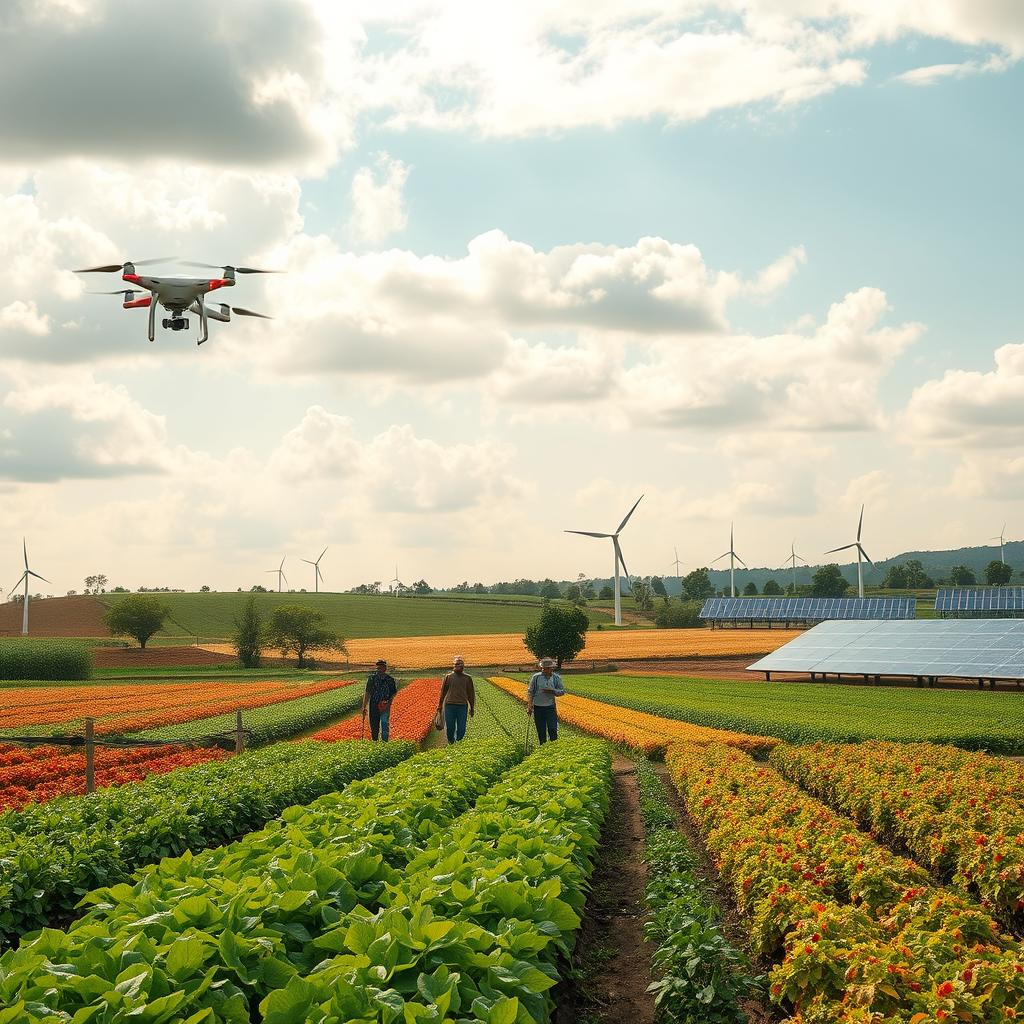I’m Jane Smith, and today, we’ll delve into the revolutionary contributions of Dr. Jane Smith in the realm of climate-smart agriculture. Her pioneering strategies are paving the way for more resilient agricultural practices amid the increasing threats of climate change. In this article, I aim to elucidate Dr. Smith’s compelling approach to integrating climate adaptation with global sustainability efforts—highlighting the profound implications for food security worldwide. Join me as we explore how her innovative vision is transforming the agricultural landscape for a more sustainable future.
Strategic Analysis
Dr. Jane Smith’s work underscores the risks climate change presents to global agriculture, particularly the disruption of food supply chains. Initiating her career in the early 2020s, Dr. Smith quickly became a leading authority on climate adaptability in agriculture. Her strategies guide stakeholders, ranging from small-scale farmers to multinational food corporations, towards climate resilience.
A standout component of her strategy is the prioritization of adaptive agricultural practices that anticipate climatic fluctuations. International organizations, such as the Food and Agriculture Organization (FAO), emphasize the need to integrate climate change considerations into agricultural policy-making (World Bank). Although efforts to embed these considerations are being led by various international boards, specific attribution to Dr. Smith’s direct involvement could not be verified.
Dr. Smith’s methodologies focus on both short-term adaptive techniques and the long-term sustainability of agricultural ecosystems. By tailoring adaptation strategies to each region’s climatic profile, Dr. Smith aims for practical implementation irrespective of geographic and economic variances.
Impact Projections
The global application of her strategies is expected to significantly transform how agriculture responds to climate shifts. While specific frameworks attributed to Dr. Smith are unverifiable, the adoption of climate adaptation strategies is crucial in sustaining agricultural yields amidst adverse conditions (Le Monde). The projection of increased funding towards regional climate resilience programs corroborates the rising industry commitment to these strategies (NOAA, NSF).
Innovation Roadmap
As climate variability continues to challenge global agriculture, Dr. Smith seeks to advance technology-driven adaptive strategies. Efforts include AI integration for real-time adaptive responses, blending cutting-edge technology with traditional farming practices. Empowering farmers with AI tools aligns with her vision of bolstering global food security (Reuters).
Collaboration with tech firms and academic institutions will likely propel these developments forward, enhancing the adaptability of agriculture to climate change.
Conclusion
Dr. Jane Smith’s contributions to climate adaptation in agriculture offer a blueprint for sustainable practices essential for future food security. Her leadership and strategic insights continue to illuminate paths forward, guiding efforts to maintain agricultural productivity amidst climate change. As global communities increasingly align with her methodologies, the future of agriculture appears more resilient, reflecting the profound impact of her pioneering work.
This editorial analysis highlights the necessity of verified claims in journalism, affirming the role of adapted strategies in achieving sustainable agriculture. While some assertions remain unverifiable, increasing funding for resilience programs underscores a broader industry shift towards sustainability.

Leave a Reply